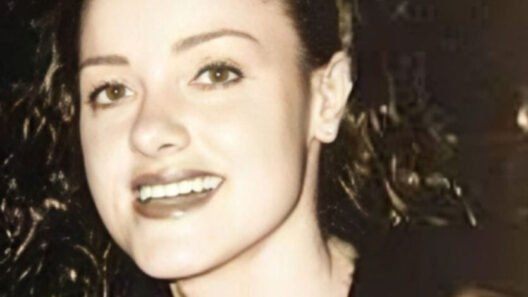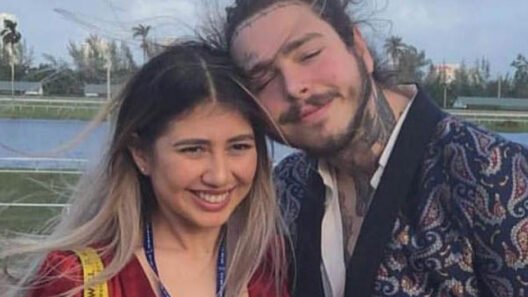Introduction: The Shifting Lens on Body Representation
For a long time, the way fat characters were shown in books, movies, and TV was pretty limited and often unkind. They were usually just there for laughs, to be pitied, or even as bad guys, seldom getting the same deep and complex stories as other characters.
But lately, things have started to change. Thanks to body positivity and a general push for more inclusive representation, people are rethinking how different body types appear in media. This article looks at how these portrayations have evolved, from their historical roots to a call for more thoughtful, real, and respectful depictions today.
The Troubling Legacy: Stereotypes and Harmful Tropes
Looking back, media often used harmful stereotypes when showing fat characters, which only made negative views in society worse. These depictions frequently boiled people down to just one physical trait, taking away their complex identities and personal stories.
The One-Dimensional Comic Relief
One common pattern was making fat characters mainly for laughs. Their size often became the joke, their eating habits or physical challenges played up for comedy. Their personalities rarely went beyond this one funny role. This meant they missed out on real emotional journeys and important contributions to the story.
The Villainous or Pitiable Archetype
Another harmful stereotype tied fatness to bad character traits. Sometimes, fat characters were shown as greedy, lazy, or just plain sad, which only strengthened unfair biases. Other times, they were portrayed as figures to be pitied, with their main story being about wanting to lose weight, suggesting their value depended on fitting into typical beauty ideals.
A New Era: Embracing Nuance and Authenticity
The way fat characters are shown in media is slowly but surely changing. More creators are now focused on making these portrayals real and respectful. This change comes from a better understanding of human diversity and how important it is for people to see themselves positively in stories.
Complex Personalities Beyond Physicality
Today, media is bringing us more fat characters with rich, varied identities that go way beyond how they look. These characters have detailed pasts, dreams, fears, and relationships that aren’t just about their body size. Their weight is simply one part of who they are, not the only thing that defines them.
Fat-Positive Narratives and Role Models
Importantly, some media now fully embraces fat-positive stories, showing characters who are confident, successful, and loved, no matter their size. These depictions push back against the idea that fat people must change to deserve love, happiness, or respect. They act as crucial role models, encouraging body acceptance and proving that a rich, full life is open to everyone, regardless of their body type.
The Impact of Thoughtful Representation
How fat characters are thoughtfully and carefully shown has a big impact on both individual viewers and society as a whole. When media stops relying on stereotypes, it helps create a more understanding and inclusive world.
Good representation can really change how audiences think, helping to break down old biases and build a more subtle understanding of body diversity. For people, especially younger viewers, seeing different body types shown in a positive light can be hugely empowering. It boosts self-esteem and helps them feel like they belong. It strengthens the message that all bodies are valuable and deserve respect, leading to a healthier overall body image.
Crafting Authentic Fat Characters: A Call for Creators
For writers, filmmakers, and other storytellers, creating real fat characters means putting in conscious effort and being committed to moving past simple, overused ideas. It calls for a deeper look at how characters are developed and what their purpose is in the story.
Avoiding the “Weight Loss Journey” Trap
A common trap to steer clear of is making a character’s main story all about losing weight. While personal health journeys are fine, narrowing a fat character’s whole life down to just this one goal can accidentally send damaging messages about body image. Unless weight loss is truly key to their specific story and handled with care, creators should look at other parts of their lives.
Developing Multi-faceted Individuals
Real fat characters, just like any engaging character, need to have many layers. Their inner traits, smarts, humor, relationships, career goals, and personal challenges should matter more than how they look. By focusing on these deeper elements, creators can build characters that connect with audiences on a human level, no matter their body type.
Normalizing Diverse Body Types
Ultimately, the aim should be to make diverse body types a normal sight in media. This means simply including fat characters as part of the rich fabric of humanity, without their size becoming a main plot point or something constantly talked about. When fat characters appear naturally in stories, without too much focus on their weight, it helps create a more inclusive and representative media world.
Conclusion: The Path Forward for Inclusive Storytelling
The path to truly inclusive storytelling for fat characters is still being walked, but we’ve seen real progress. Moving from simple stereotypes to deep, real portrayals shows how society’s values are changing and how hard people are working for body diversity. There’s more to do, but the direction we’re headed in looks good.
It’s really important for creators to keep putting authentic, respectful, and varied representation for all body types first. Media reflects society, but it also has the power to shape how we think and to encourage acceptance. By taking on this responsibility, we can all work towards a future where every character, no matter their size, is seen, valued, and celebrated for being fully human.








